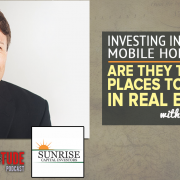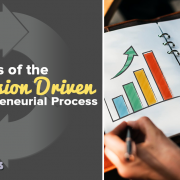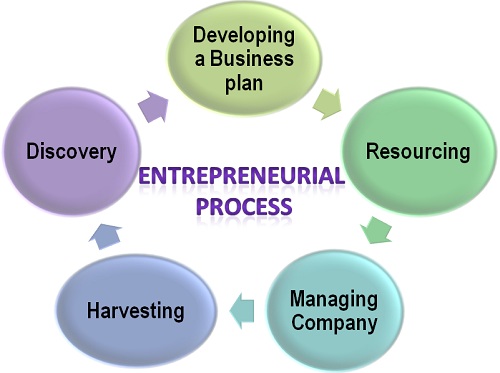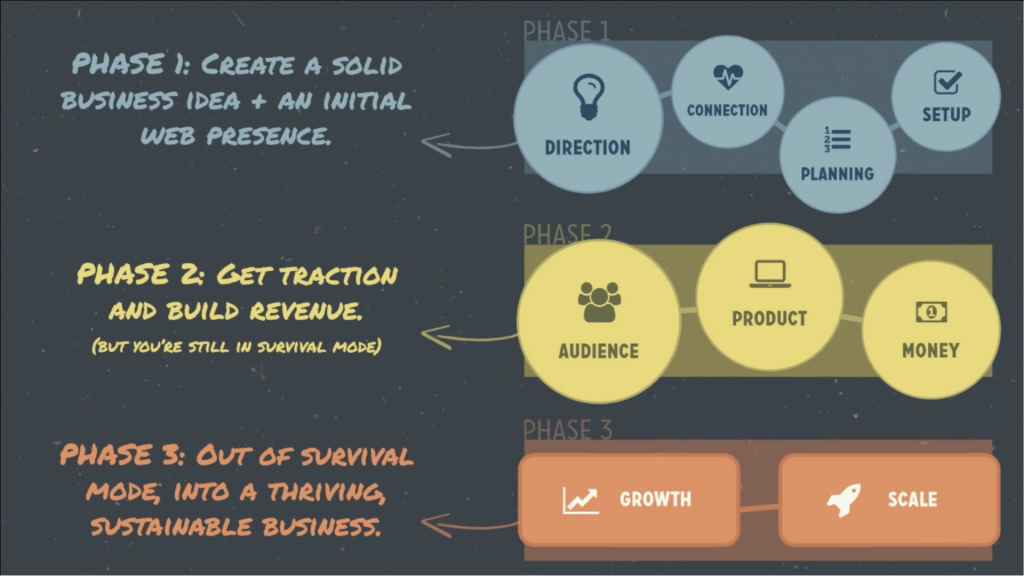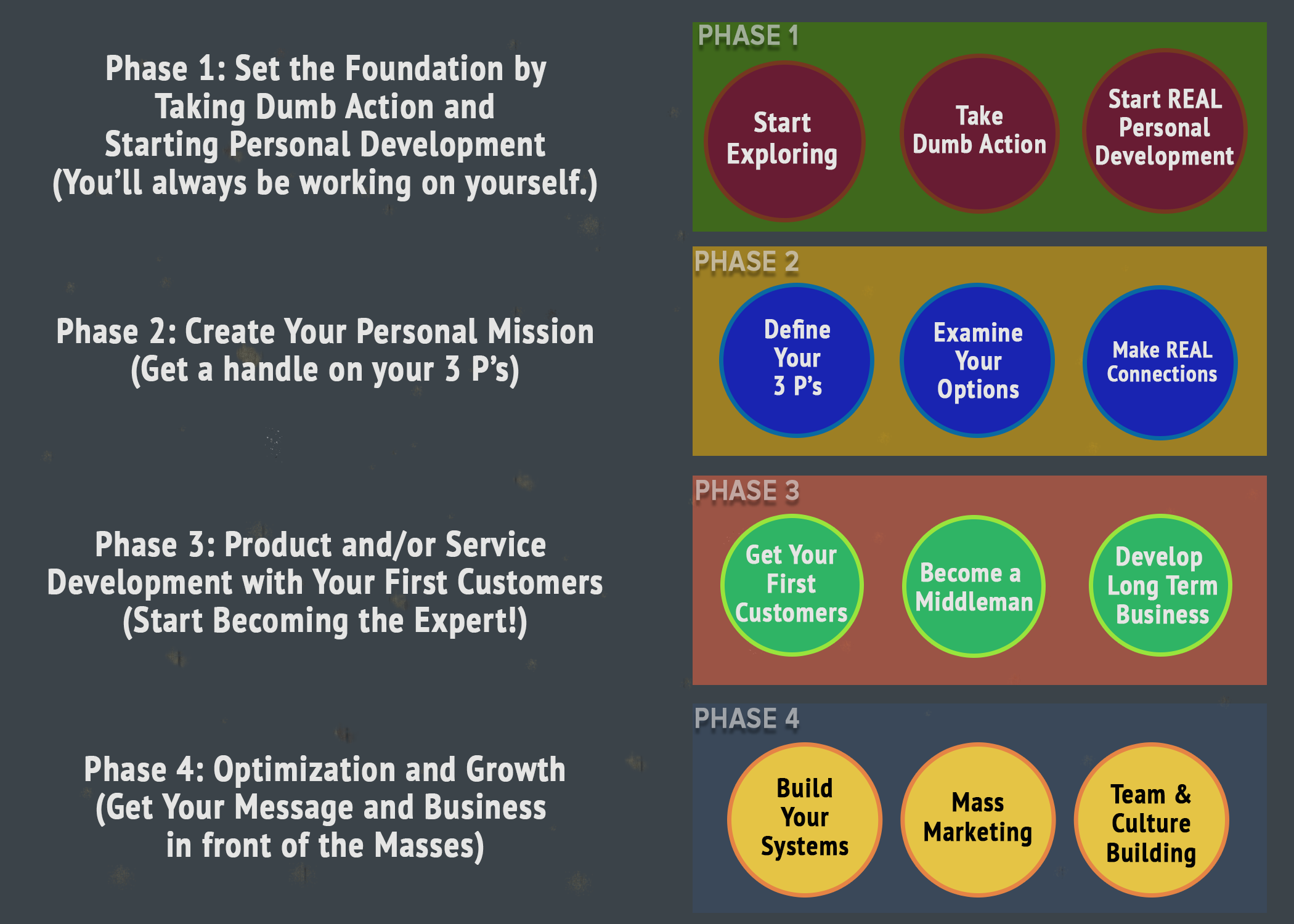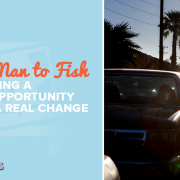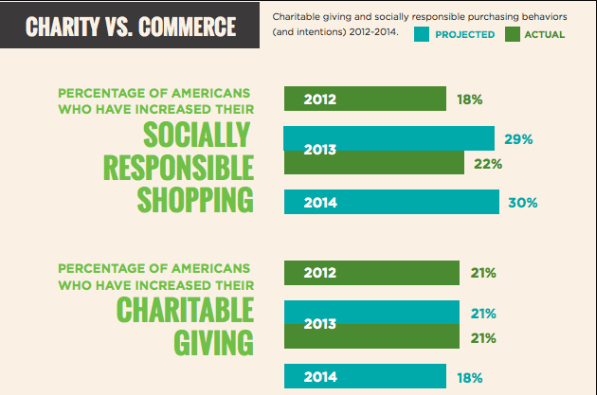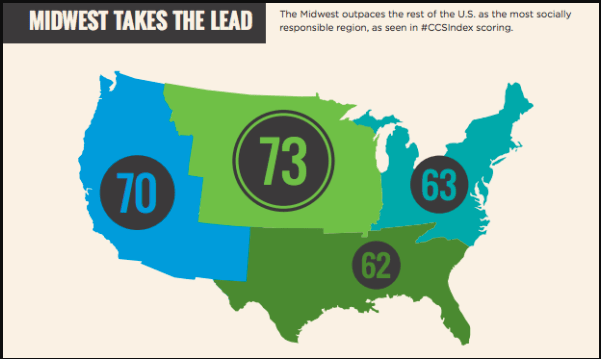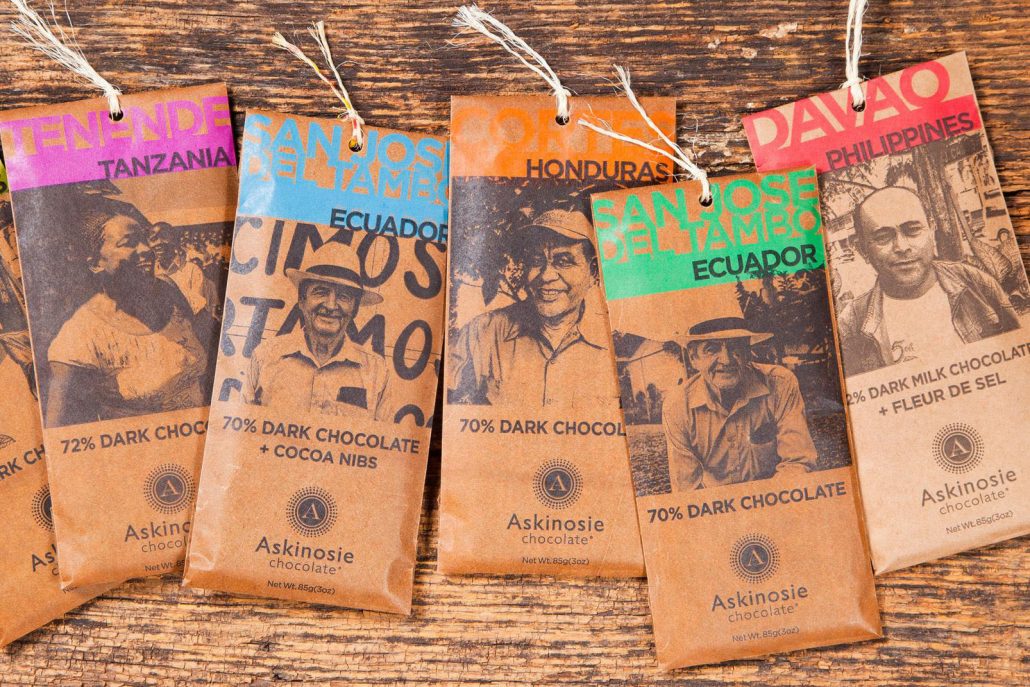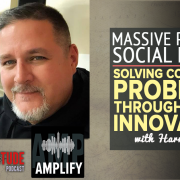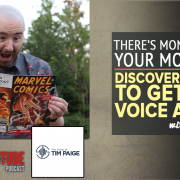Kevin Bupp – Investing in Mobile Home Parks: Are They the Best Places to Invest in Real Estate? (AoL 124)
In this session, we’re continuing on with our education about the real estate investing (REI) world. Again, REI is something that a lot of us online folks are familiar with. Mainly because one of the most recommended books about passive income was written by Robert Kiyosaki. It’s no mystery that he made most of his income through REI.
As we’ll be reminded in today’s conversation, you can get started at any level. Ideally, you’d be able to put your own money to work for you just like Robert suggests. However, if you don’t have the resources, you can find opportunities for people who do.
These are a couple of the ideas that today’s guest, Kevin Bupp talks about.
Kevin has seen it all. Starting nearly 20 years ago, he went from single family homes to owning all kinds of property.
Today he focuses on one type in particular – mobile home parks (Or better yet, manufactured housing communities).
Why? Listen in to find out!
SPECIFICALLY, YOU’LL FIND OUT MORE ABOUT:
- How’d Kevin first get into real estate investing? 10:03
- How did he get started with his first property? 13:39
- Should people new to real estate investing focus on wholesaling or buying to produce recurring revenue from the property? 14:44
- Why did Kevin start investing in mobile home parks? 17:23
- Where can someone do research to learn more about doing REI with mobile home parks? 20:53
- How does Kevin alleviate the problem of tenants not paying on time in his parks? 27:48
- What would Kevin of today tell himself back in 2000 to invest in if he only had $5000 to $10000 initially? 33:14
- If someone wants to bring opportunity to someone like Kevin, what kind of property should they be on the look out for? 35:16
- How can someone find those opportunities for established real estate investors? 36:51
- Could someone develop their own mobile home park? Why might it be a good or bad idea? 38:42
- Is there any trend in tiny home parks starting up? 41:15
- How important is it for Kevin to give back to his community? 42:34
- What’s Kevin looking forward to in the future? 44:53
- Who are the 3 most influential people in his life? 46:06
- One gift he likes giving others? 46:56
- What’s Kevin looking forward to in the future? 47:15
- How can someone be a difference maker in their community? 48:24
Right click here and save-as to download this episode to your computer.
ITEMS and PEOPLE MENTIONED IN THIS EPISODE:
- Kevin Online: Sunrise Capital Investors, Personal Website, Facebook, Twitter, LinkedIn
- This session’s cohost: Harrison Painter
- Millennial Skills: Get Educated on Chatbots here!
- MyINREIA
- LoopNet
- CoStar
- Mobile Home Park Store
SHOW NOTE EXTRAS:
Kevin on BiggerPockets
Interview on the REI Foundation Podcast
Kevin on Rod Khleif’s Show
A Taste of 72 Hours to Key West
Thanks for Listening!
Thanks so much for joining us again this week. Have some feedback you’d like to share? Leave a note in the comment section below!
If you enjoyed this episode, please share it using the social media buttons you see at the top of the post.
Also, please leave an honest review for The AoL Podcast on iTunes! Ratings and reviews are extremely helpful and greatly appreciated! They do matter in the rankings of the show, and we read each and every one of them.
If you have any questions feel free to email them over via the email mentioned in the show or by our contact form.
And finally, don’t forget to subscribe to the show on Castbox, iTunes, Stitcher, Soundcloud, and/or Google Play Music. It’s absolutely free to do so.
A huge thank-you to you guys for joining us!
Cheers!

